It’s been a little over six months since I’ve been using the Olympus OM-D E-M1X. During this period I’ve had the opportunity to photograph a range of birds with this camera and the M.Zuiko PRO 40-150 mm f/2.8 zoom lens along with the M.Zuiko MC-20 and MC-14 teleconverters. This article shares an extensive selection of photographs of birds-in-flight as well as static birds, and provides some thoughts on the OM-D E-M1X.
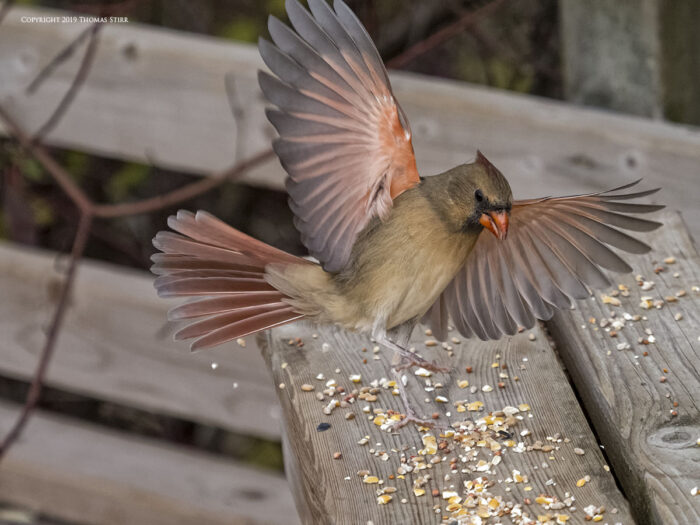
One of the incredible features on the OM-D E-M1X (and some other Olympus cameras) is Pro Capture. This technology allows a photographer to capture images in temporary memory when the shutter release is half depressed.
Once the shutter is fully depressed the photographs that have been spooling in temporary memory are confirmed and written to the memory card. Then, once the shutter release is fully depressed some additional images can be captured.
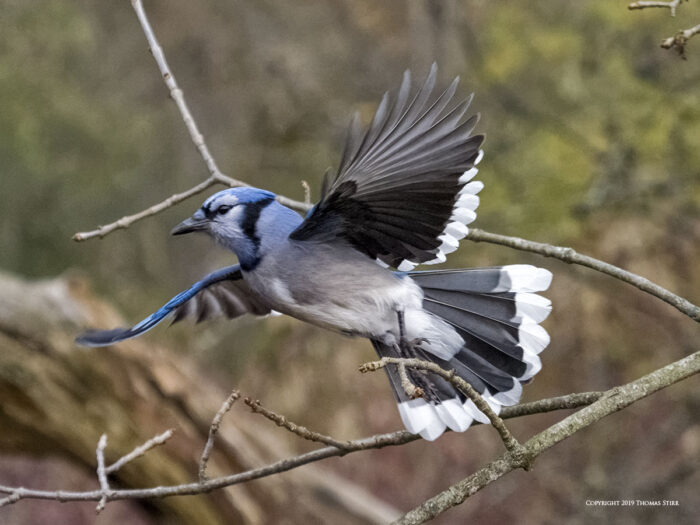
When using Pro Capture H, the E-M1X uses a frame rate of 60fps with the first frame locking focus and exposure for the rest of the run.
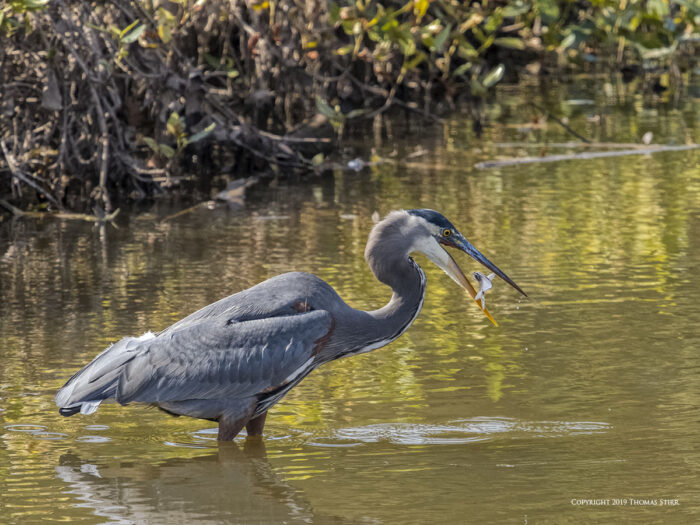
Using this fast frame rate can help capture very precise moments such as the Great Blue Heron juggling a fish in its beak as seen in the photograph above.
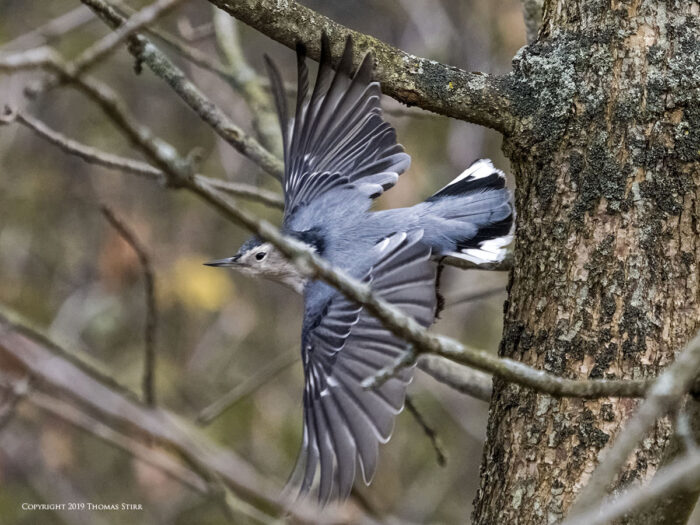
Pro Capture H can also be helpful when attempting to photograph a bird taking flight amongst tree branches.
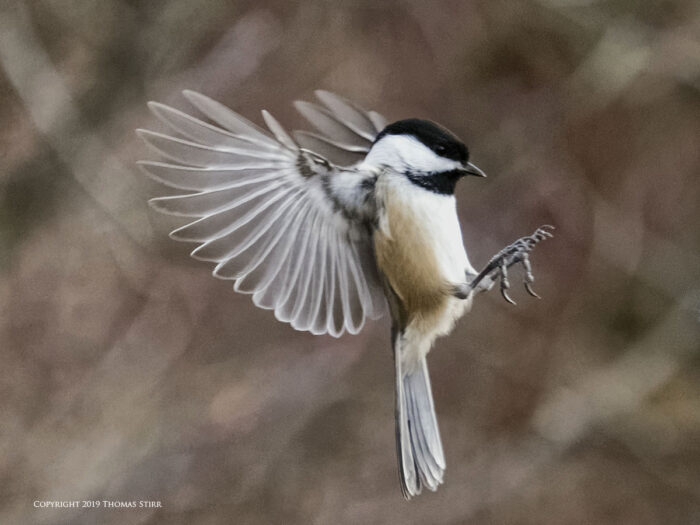
Shooting at 60 frames per second enables the E-M1X to capture full resolution RAW files as an action sequence unfolds. The image of the black capped chickadee above was heavily cropped and captured at a high ISO. I included it to illustrate a precise moment capture.
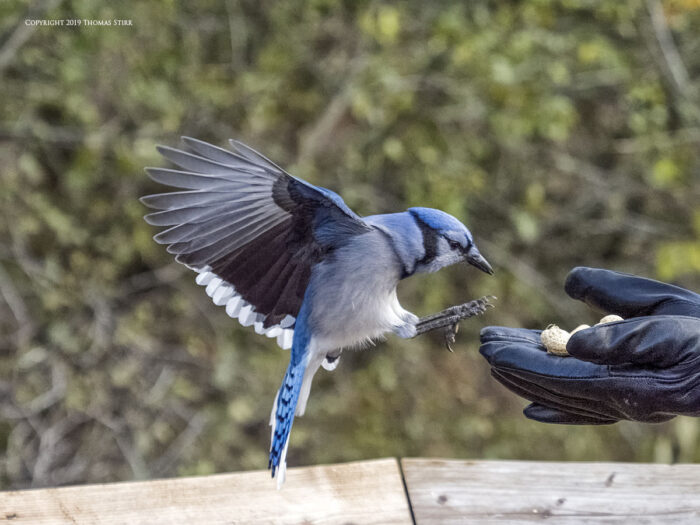
The above image of a blue jay about to land on some outstretched hands was actually captured before I fully depressed the shutter on my E-M1X. With Pro Capture, photographers can set their cameras to the number of pre-shutter release and post-shutter release frames they want to commit to memory.
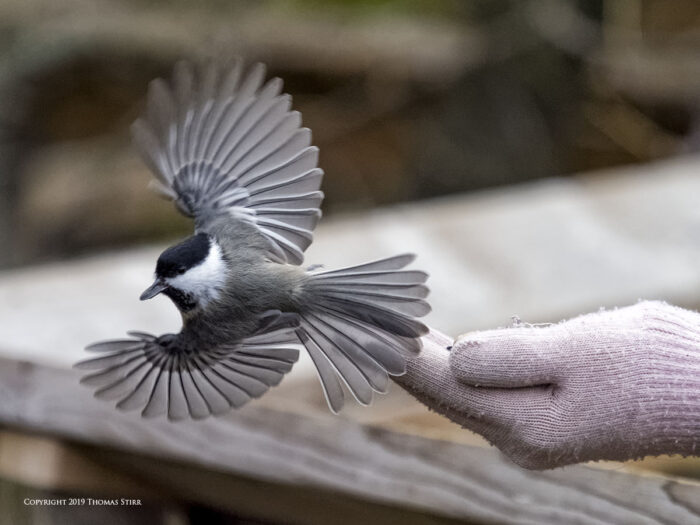
I pressed the shutter on my E-M1X after the chickadee in the above photograph disappeared from the frame. My camera then locked in the previous 20 frames that had been stored in temporary memory. The image above was one of those images stored in temporary memory.
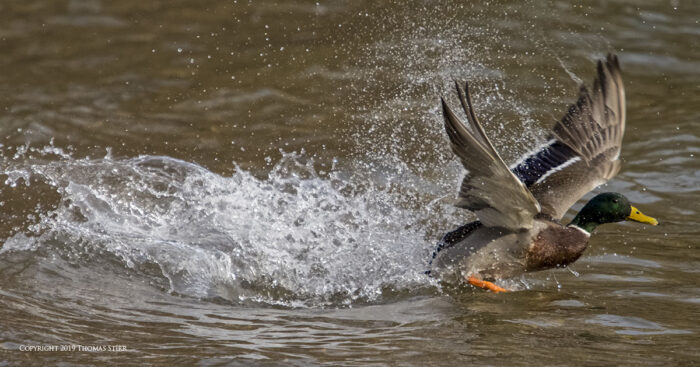
Pro Capture L uses a slower frame rate of 18 fps. This setting also provides continuous autofocus. The image above of a duck taking flight was stored in temporary memory.
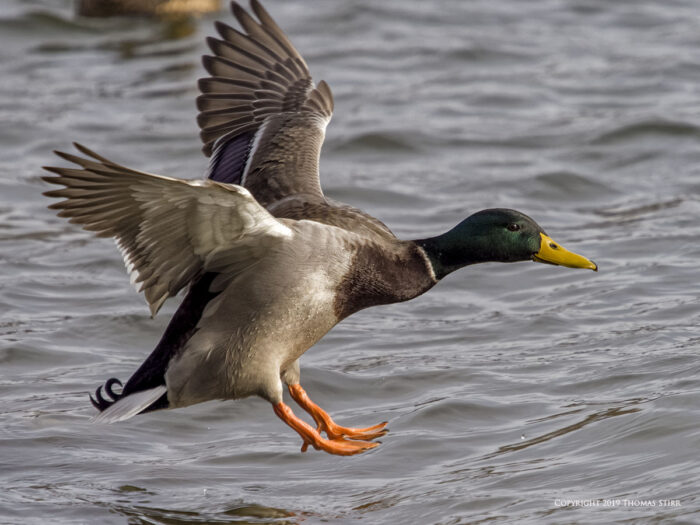
Pro Capture L comes in handy when a photographer wants to wait for a specific behaviour to occur before pressing their shutter release. This can help with buffer management and save time in post editing image runs.
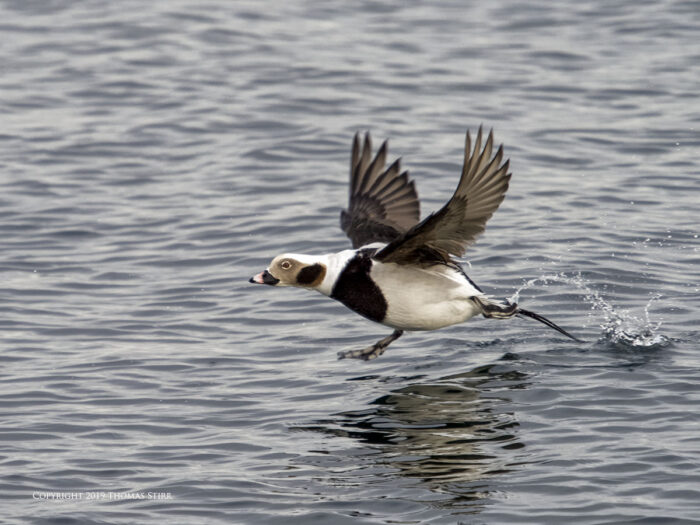
The Olympus OM-D E-M1X allows a photographer to create custom auto-focus grids. Depending on the subject matter I sometimes use a 3×5 or a 3×7 auto focus point grid for birds-in-flight.
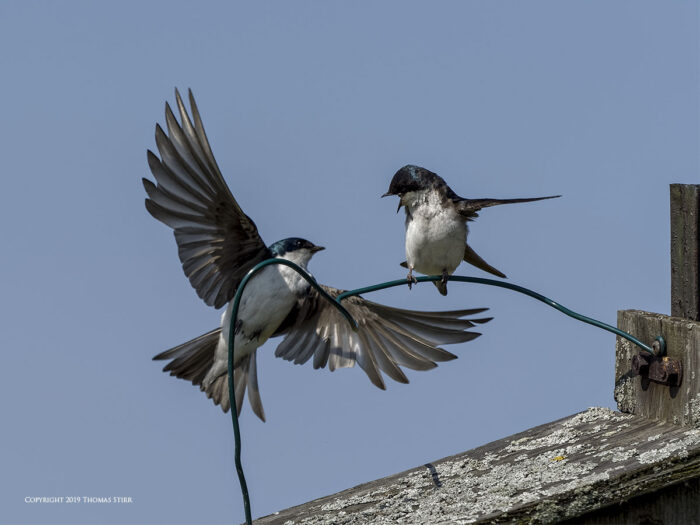
The continuous auto-focus is fast and accurate. The E-M1X is the only camera that I have ever owned that created a feeling of confidence when trying to photograph swallows in flight.
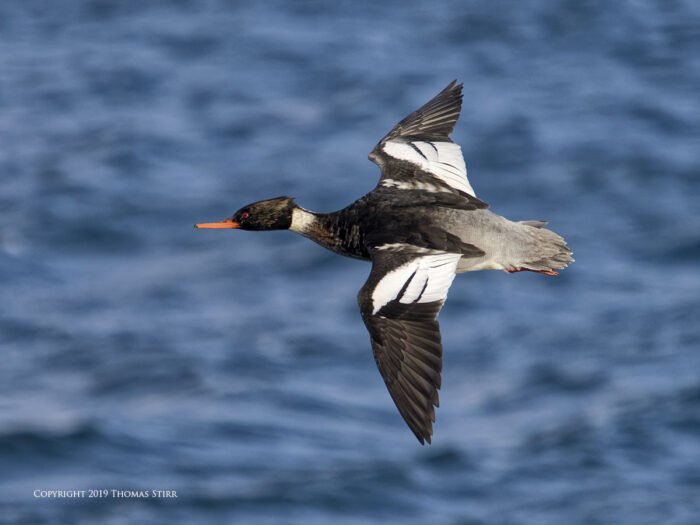
When using UHS-II memory cards, the dual processors in the E-M1X provide fast card writing. This enables a photographer to continuously capture action sequences with little worry that the buffer will fill and cause missed images.
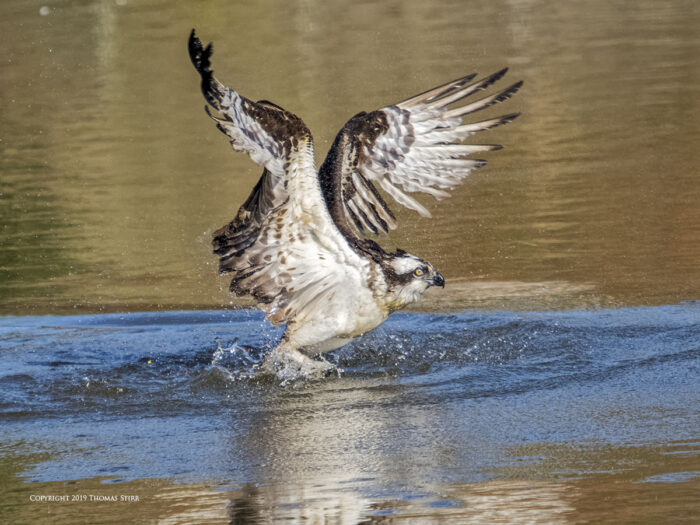
I’ve done some experimentation with Intelligent Subject Tracking. The Airplane mode can work very well photographing birds-in-flight in specific situations.
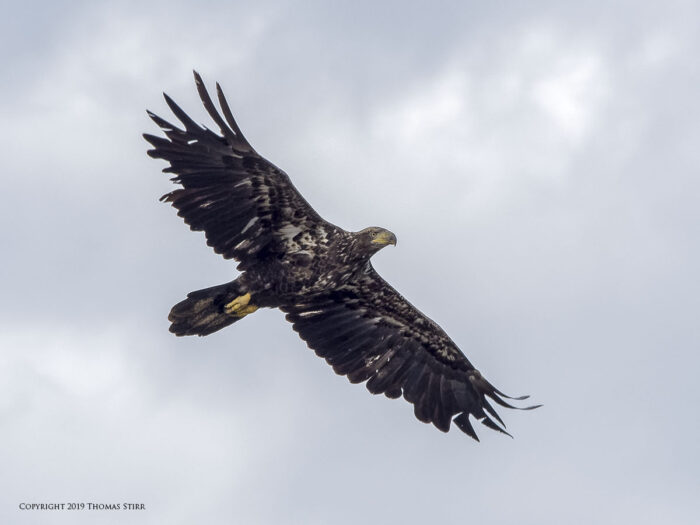
Thus far all of my birding images have been captured using the M.Zuiko PRO 40-150 mm f/2.8 lens along with either the M.Zuiko MC-14 or MC-20 teleconverters. I much prefer the MC-20 teleconverter and ended buying one of these for my kit, and use it regularly.
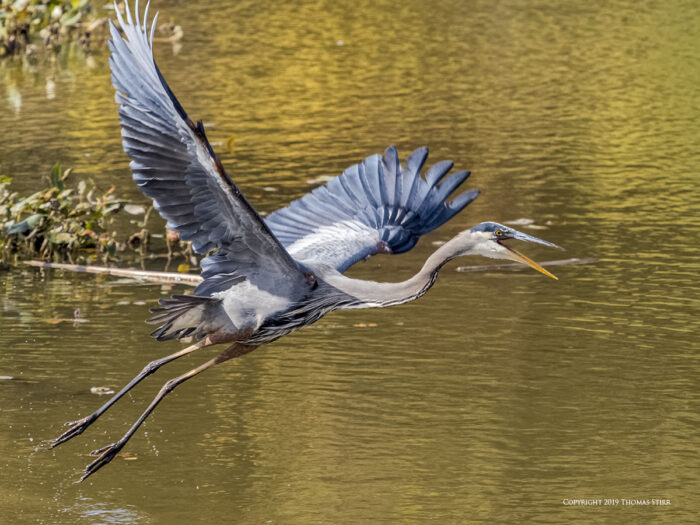
Olympus has some long focal length zoom lenses on its Lens Road Map. I’m looking forward to investigating these future lenses in 2020 to see if they fit my handheld shooting style.
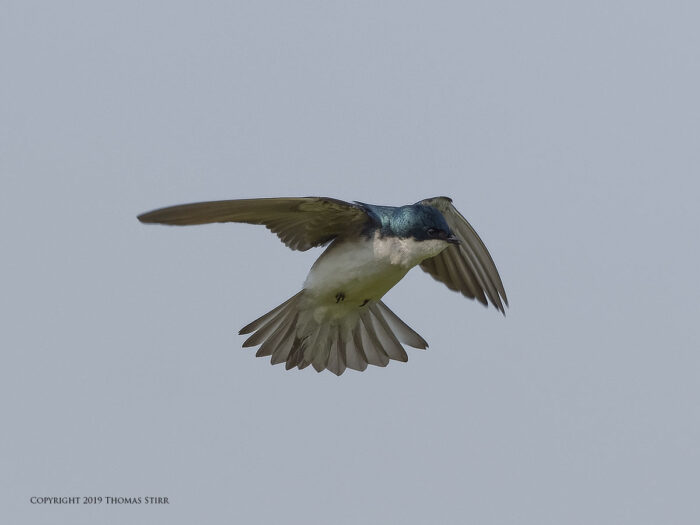
When photographing birds in flight I typically use the Sequential Low Silent mode which shoots at 18 frames per second.
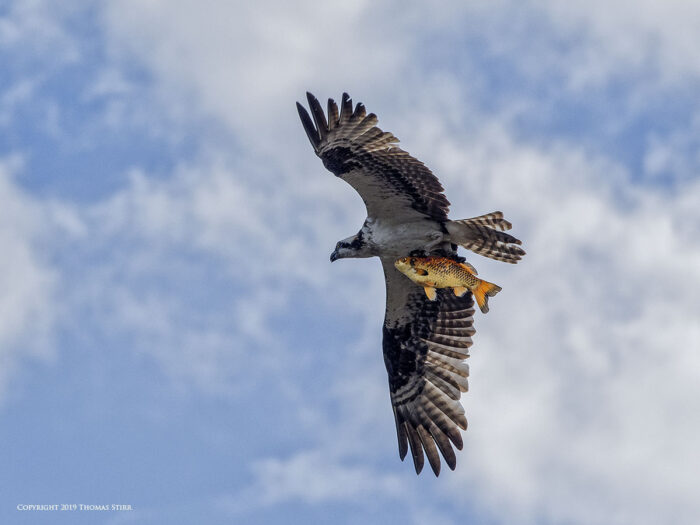
I always use the single frame Silent mode when photographing perched birds. It can be distracting for birds when they hear the noise from a camera’s shutter mechanism. The silent mode with my E-M1X is dead quiet.
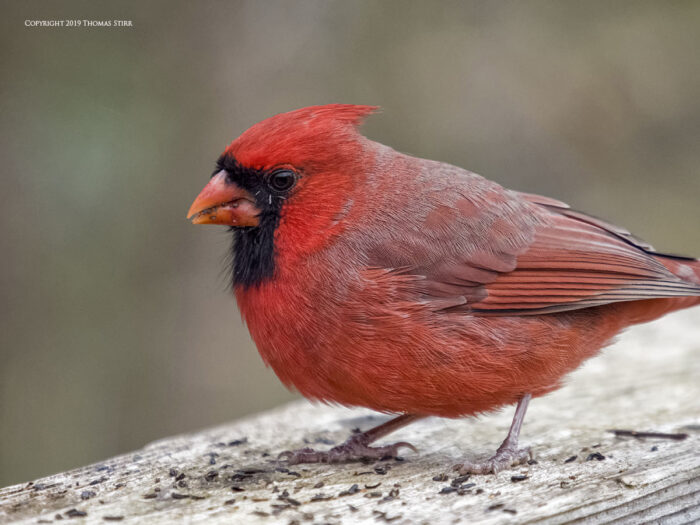
I’ve found that the image quality capability of the M4/3 sensor in the E-M1X is very good for its size. There is more than enough dynamic range and colour depth for my needs. I have no hesitation using fairly high ISO values when photographing birds in lower light, and regularly capture images at ISO-5000 or ISO-6400. Noise can be reasonably controlled in post.
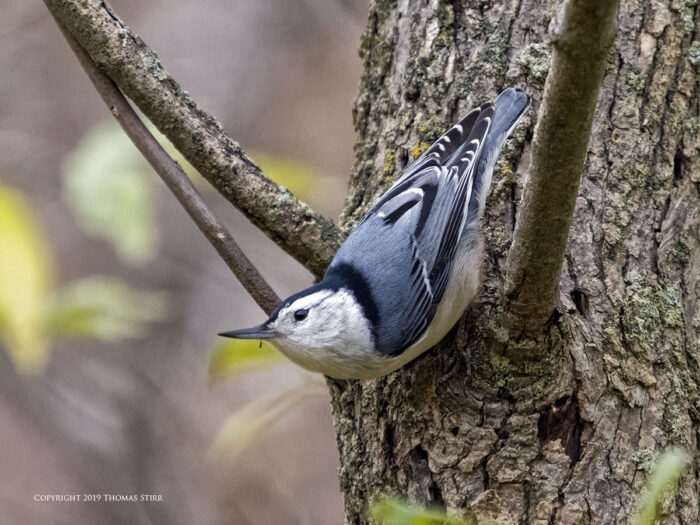
I use single point autofocus when photographing perched birds and do my best to put that focus point on the head/eye of the bird whenever possible.
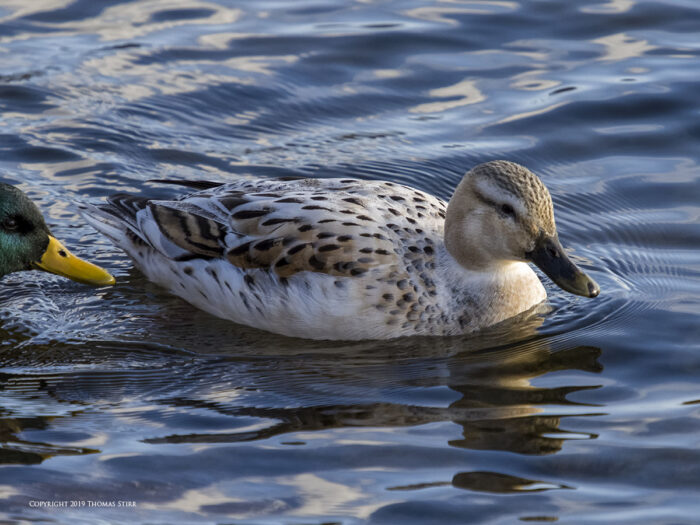
The dual joy sticks on the back of the E-M1X make moving auto-focus points quick and easy to do. The main controls are in the exact same spot when using the dual grip E-M1X in both portrait and landscape orientations. This enhances the shooting experience with the camera. Various textures on the control buttons make it easy to make adjustments without having to look away from the subject being photographed.
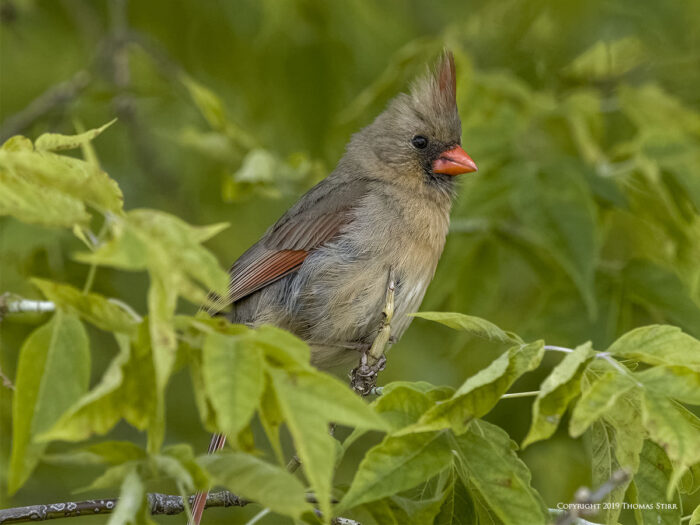
When the Olympus OM-D E-M1X first came out many people criticized the camera because of its size and weight. I suspect that many of the folks who criticized the camera never held it, or used it for any length of time. The E-M1X is simply a joy to use. I’ve used various camera formats in the past, including full frame. The E-M1X is the finest, most capable and innovative camera that I’ve ever owned. Click here to view my 6 month review.
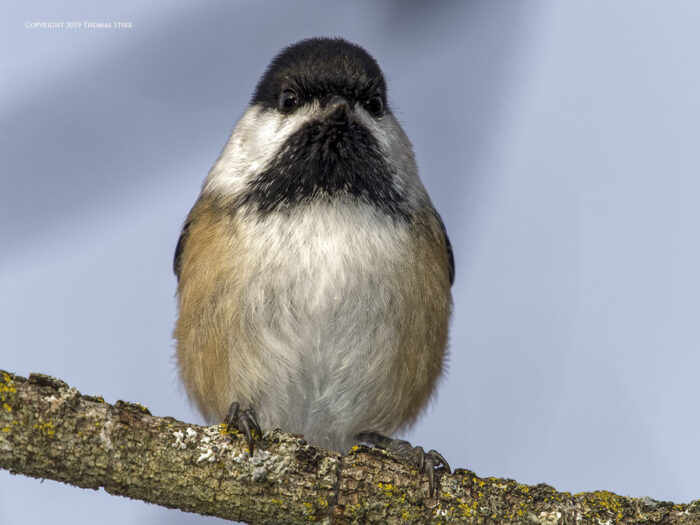
I recently added an Olympus FL-700WR flash to my kit. The flash has the same IPX1 rating as the E-M1X, making it an ideal flash to use outdoors in inclement weather.
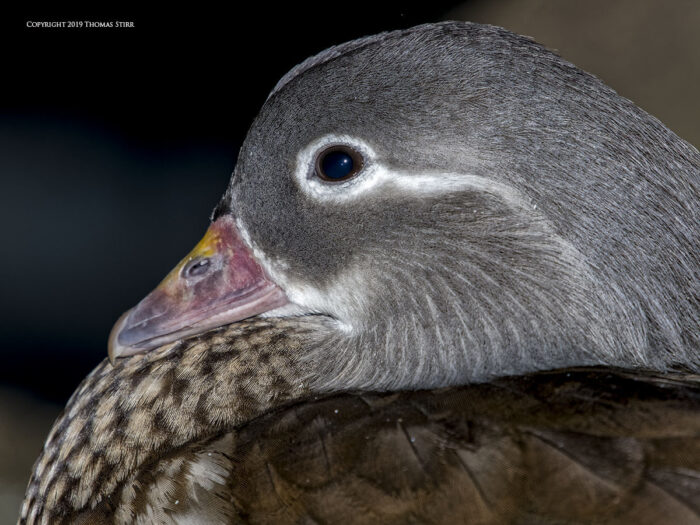
It works very well in TTL mode in both outdoor and indoor situations. This provides additional flexibility to my Olympus kit.
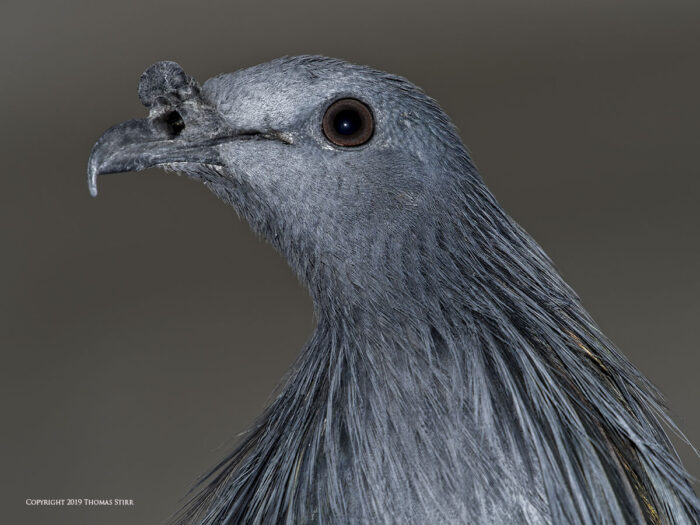
I quite like the M.Zuiko PRO 40-150 mm f/2.8 for bird photography. It has the benefit of providing a fast aperture of f/2.8 with an equivalent field-of-view of 80-300mm. This is a very flexible focal length range, especially when photographing capture birds, or small birds in close proximity.
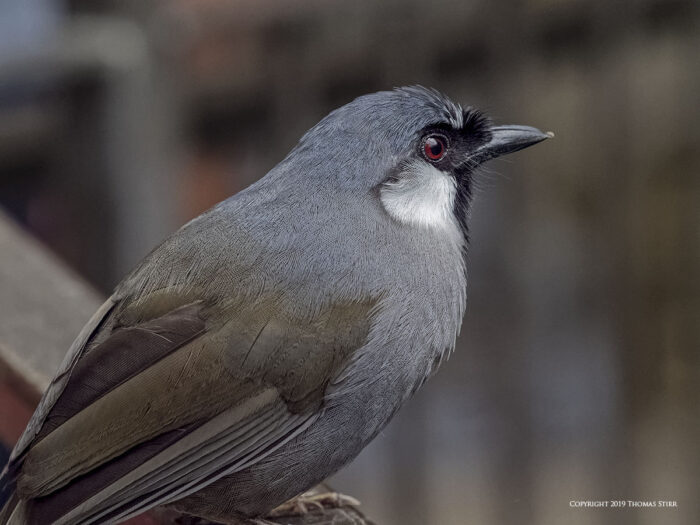
As mentioned earlier, I have no hesitation photographing birds at ISOs as high as ISO-6400. I’ve also done a bit of experimentation photographing birds using ETTR (expose to the right) at ISO-10000. A sample image is below.
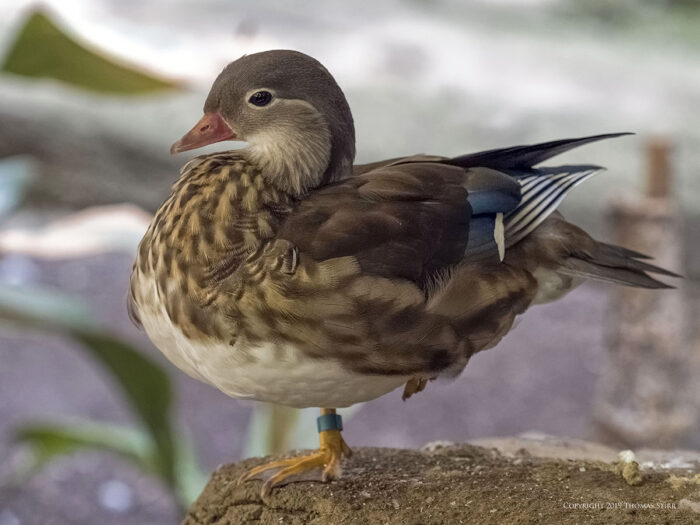
I’ve found the Olympus OM-D E-M1X to be a great birding camera. It is extremely comfortable to use handheld for extended periods of time. The ergonomics and handling are outstanding. Pro Capture allows a photographer to easily capture precise moments in an action sequence.
For more samples of my work done with Olympus gear you can visit Small Sensor Photography.
All images and article are Copyright 2019 Thomas Stirr. All rights reserved. No use, duplication or adaptation of any kind is allowed without written consent. This article was written exclusively for MirrorlessComparison.com. If you see this article reproduced anywhere else it is an unauthorised and illegal use.
